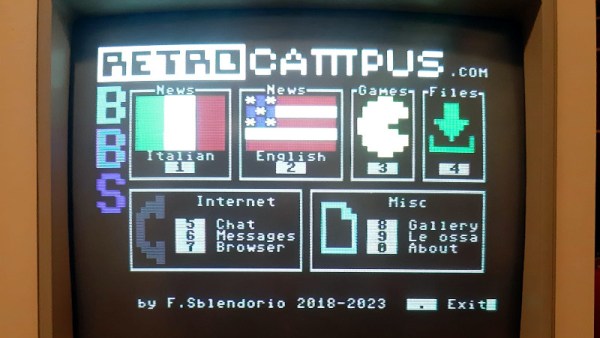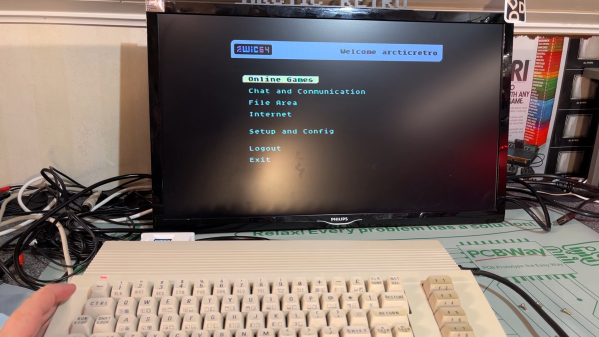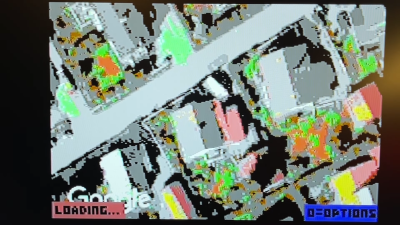We are used to seeing Linux running on almost everything, but we were a bit taken aback to see [semu-c64] running Linux on a Commodore 64. But between the checked-out user name and the caveat that: “it runs extremely slowly and it needs a RAM Expansion Unit”, one can already start piecing together what’s happening here.
The machine running Linux is really a RISC-V32. It just so happens that the CPU is virtual, with the C64 pretending it is a bigger machine. The boot-up appears to take hours, so this is in no way practical, even though the comment is that optimization might be able to get a 10X speed up. It would still be about as slow as you can imagine.
To further add a layer of abstraction, the code hasn’t run yet on real Commodore hardware. Instead, it is running on an emulator. The emulator has “warp” mode to run faster than a real machine, and it is still slow. So think about that before you rush out to volunteer to boot this on your real hardware.
Tricks like this fall into the talking dog category. If a dog can talk, it isn’t that you think it will have something important to say. You just marvel that it can do it at all. Still, we get it. We spend a lot of time doing things at least as pointless. But at least it is fun!
Maybe emulate the whole thing in VR? Or maybe write some virtualization code for the C64 so you can emulate a Linux box and a quantum computer simultaneously.



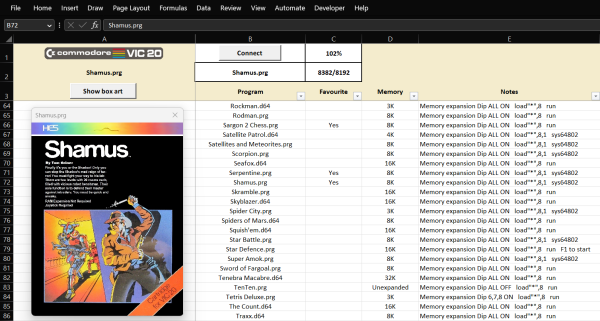
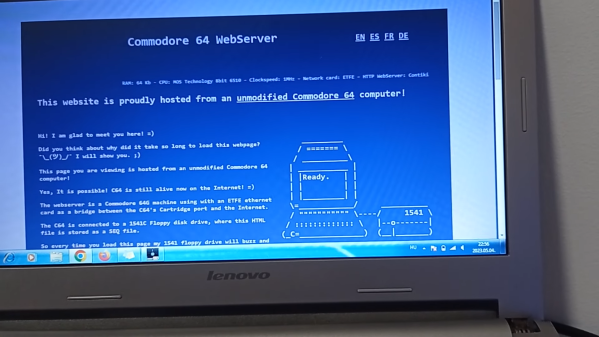
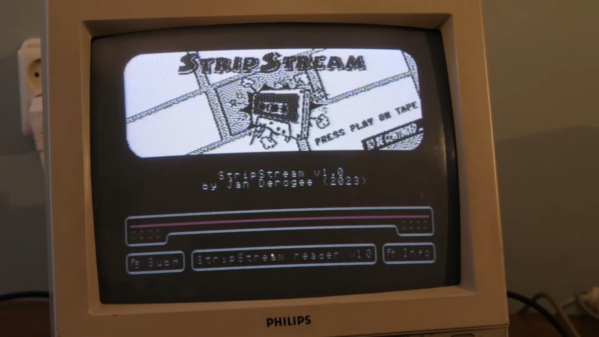
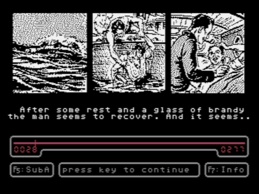 StripStream runs on a stock PAL C64 system, using the Datasette interface. A PC program is used to compose a comic into a suitable format for the C64. It then generates a .TAP file which can either be played in a C64 emulator, or recorded onto an audio tape for loading on real hardware.
StripStream runs on a stock PAL C64 system, using the Datasette interface. A PC program is used to compose a comic into a suitable format for the C64. It then generates a .TAP file which can either be played in a C64 emulator, or recorded onto an audio tape for loading on real hardware.